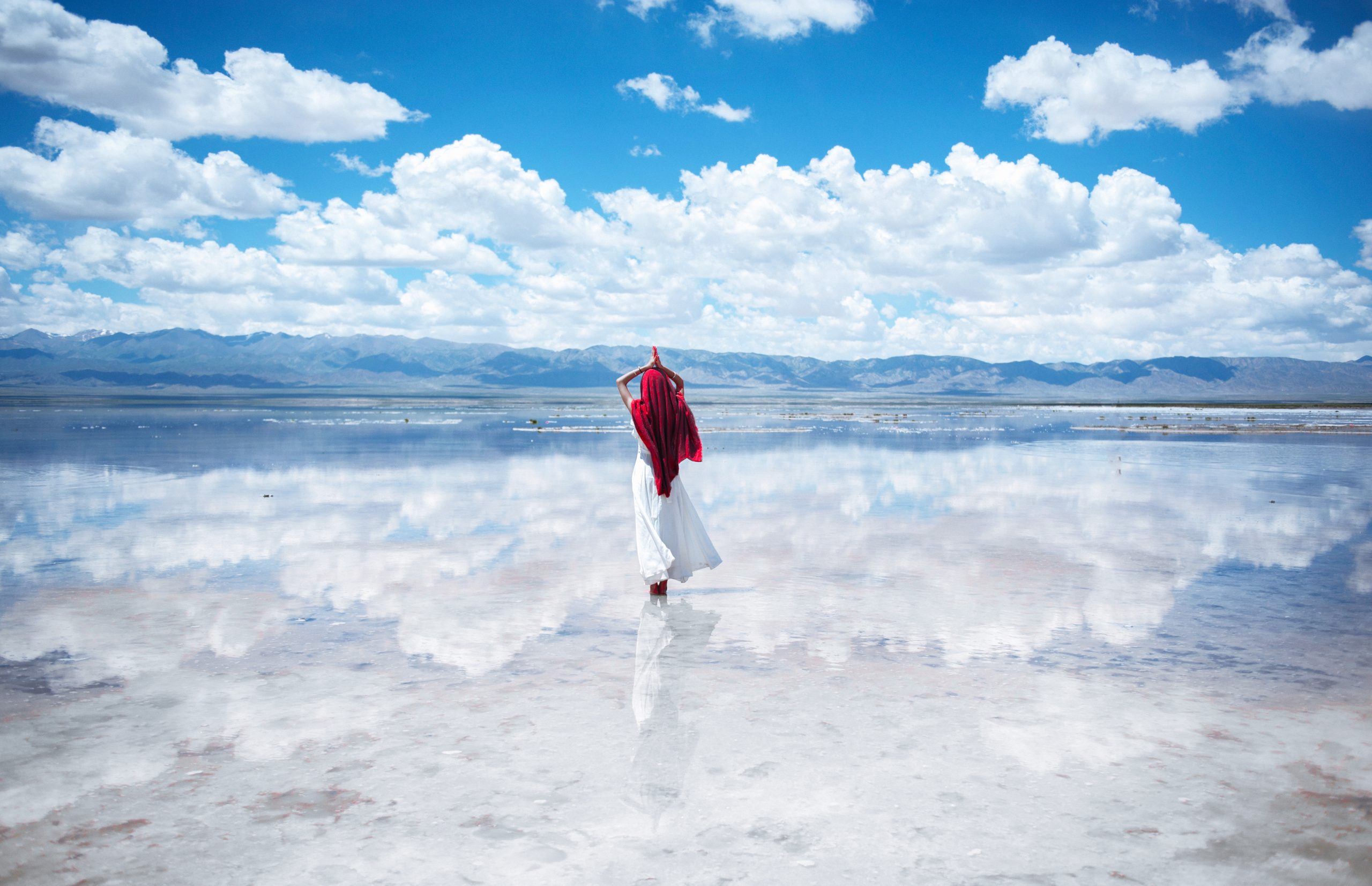Welcome to Xi’an, a city where history comes to life! Xi’an, one of China’s oldest cities, is a treasure trove of ancient wonders and cultural heritage. As you step onto its historic streets, you’ll find yourself transported back in time. Today, we’ll embark on a journey through history and explore the city’s most iconic attraction – the Terracotta Army.
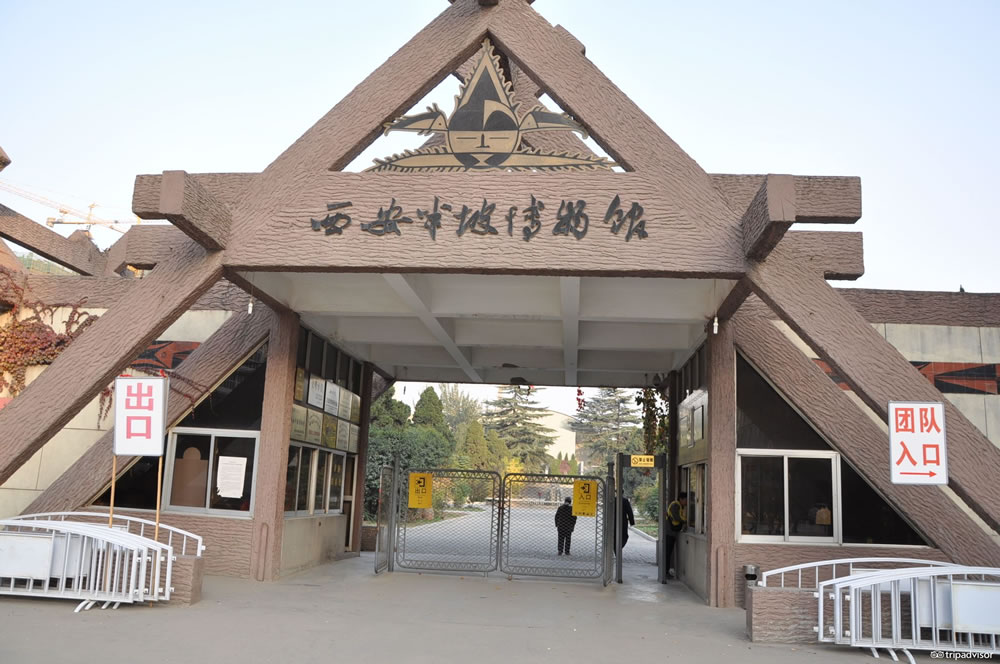
Immerse Yourself in Xi’an’s Timeless Charm
Xi’an’s autumn is marked by cooler temperatures and a refreshing breeze, making it an ideal time to visit. As you wander through the city’s ancient walls and explore its well-preserved historical sites, you’ll be captivated by the sense of timelessness that pervades this remarkable place.
The Terracotta Army: A Monument to Ancient China
Our journey begins at the world-renowned Terracotta Army, located just outside Xi’an. This remarkable archaeological find consists of thousands of life-sized terracotta soldiers, horses, and chariots, crafted to accompany China’s first emperor, Qin Shi Huang, in the afterlife. As you stand before this incredible army, you’ll be awestruck by the artistry and attention to detail that went into creating these statues over two millennia ago.
Exploring the City’s Historic Treasures
Xi’an is not only home to the Terracotta Army but also boasts a wealth of historic sites. The ancient city wall, one of the most well-preserved in China, offers panoramic views of the city and provides a glimpse into the past. The Big Wild Goose Pagoda, a symbol of Xi’an, invites you to explore its beautiful architecture and learn about its history.
The Muslim Quarter: A Culinary Adventure
No visit to Xi’an is complete without experiencing the vibrant culinary scene. The Muslim Quarter, with its bustling market streets and aromatic food stalls, is a must-visit. Sample local delicacies like Xi’an’s famous lamb skewers, spicy roujiamo (Chinese hamburgers), and mouthwatering biangbiang noodles. Your taste buds will thank you.
Plan Your Journey to Xi’an
A private tour of Xi’an is the ideal way to immerse yourself in its rich history and culture. Your knowledgeable guide will lead you through the city’s historic gems, providing insights and stories that will enrich your experience. Whether you’re a history enthusiast or simply seeking an extraordinary adventure, Xi’an has something for everyone.
Xi’an’s autumn is the perfect backdrop for your historical exploration. The golden hues of the Gingko trees lining the streets and the cool, crisp air create a serene atmosphere. Don’t miss the opportunity to step into a world where history still lives and breathes.
Contact us today to plan your private journey through Xi’an, and let history come to life before your eyes.
Stay tuned for more exciting travel insights and inspirations in our series of blog posts throughout November and December, highlighting China’s diverse and captivating destinations. Happy travels!
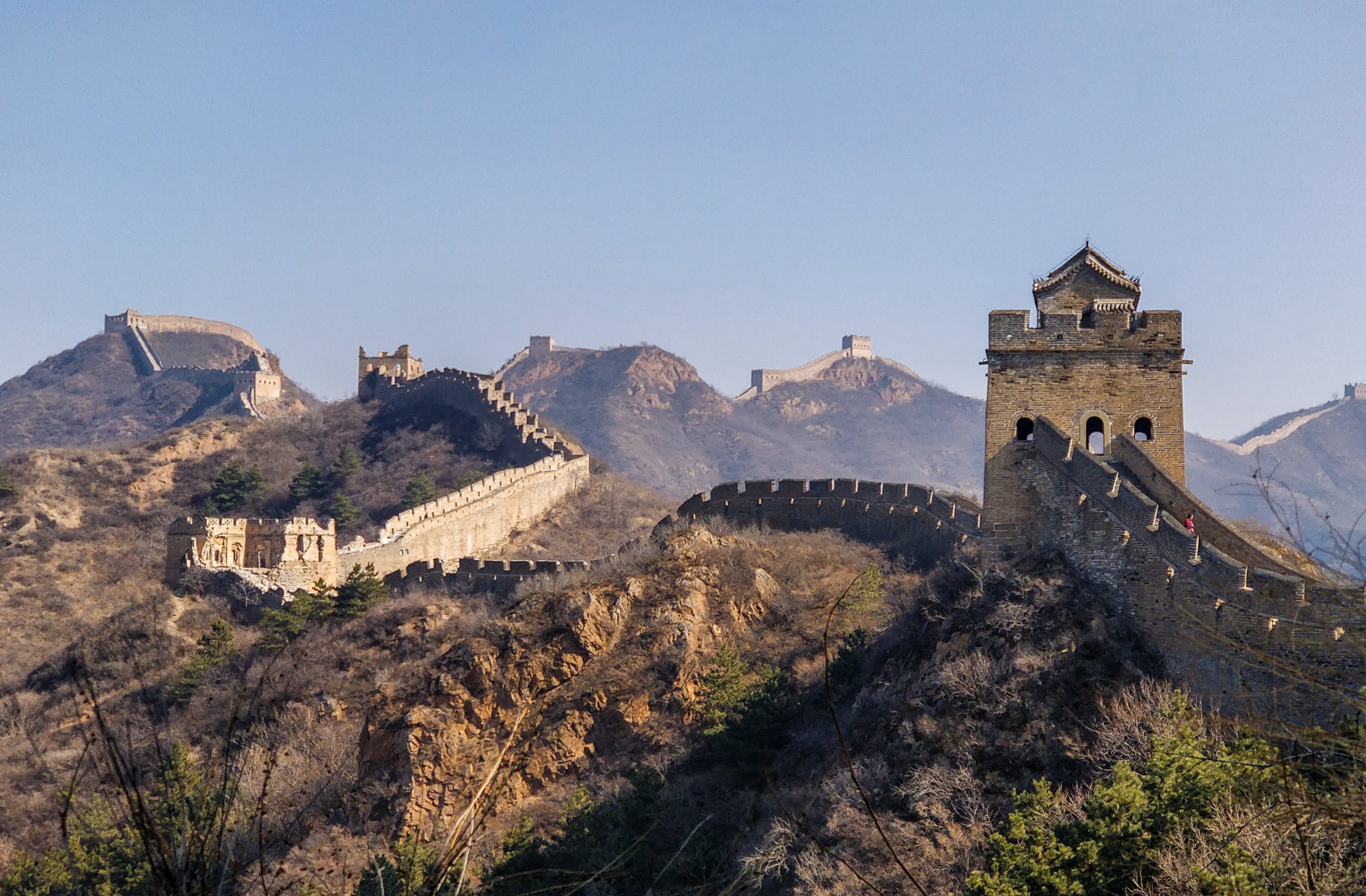
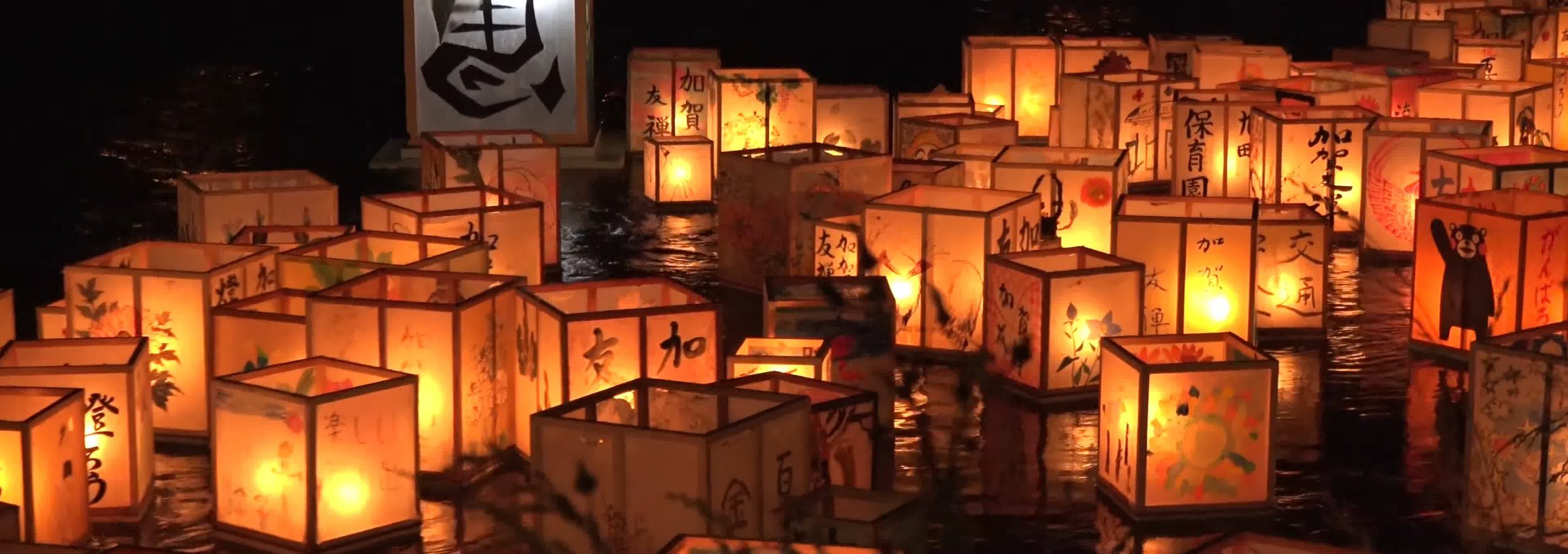 This festival originates from the early “the Mid-July” harvest autumn to worship ancestors, the birth of “the Mid-July” can be traced back to the ancient ancestor worship and harvest festival. In ancient times, people often placed their blessings on the gods for the harvest of farming. Worship ancestors in spring, summer, autumn and winter, but the “taste of autumn” in early autumn is very important. Autumn is the harvest season, and people hold sacrificial ceremonies to the spirits of their ancestors, offering the season’s good products to the gods first, and then tasting the fruits of these labors and praying for a good harvest in the coming year.
This festival originates from the early “the Mid-July” harvest autumn to worship ancestors, the birth of “the Mid-July” can be traced back to the ancient ancestor worship and harvest festival. In ancient times, people often placed their blessings on the gods for the harvest of farming. Worship ancestors in spring, summer, autumn and winter, but the “taste of autumn” in early autumn is very important. Autumn is the harvest season, and people hold sacrificial ceremonies to the spirits of their ancestors, offering the season’s good products to the gods first, and then tasting the fruits of these labors and praying for a good harvest in the coming year.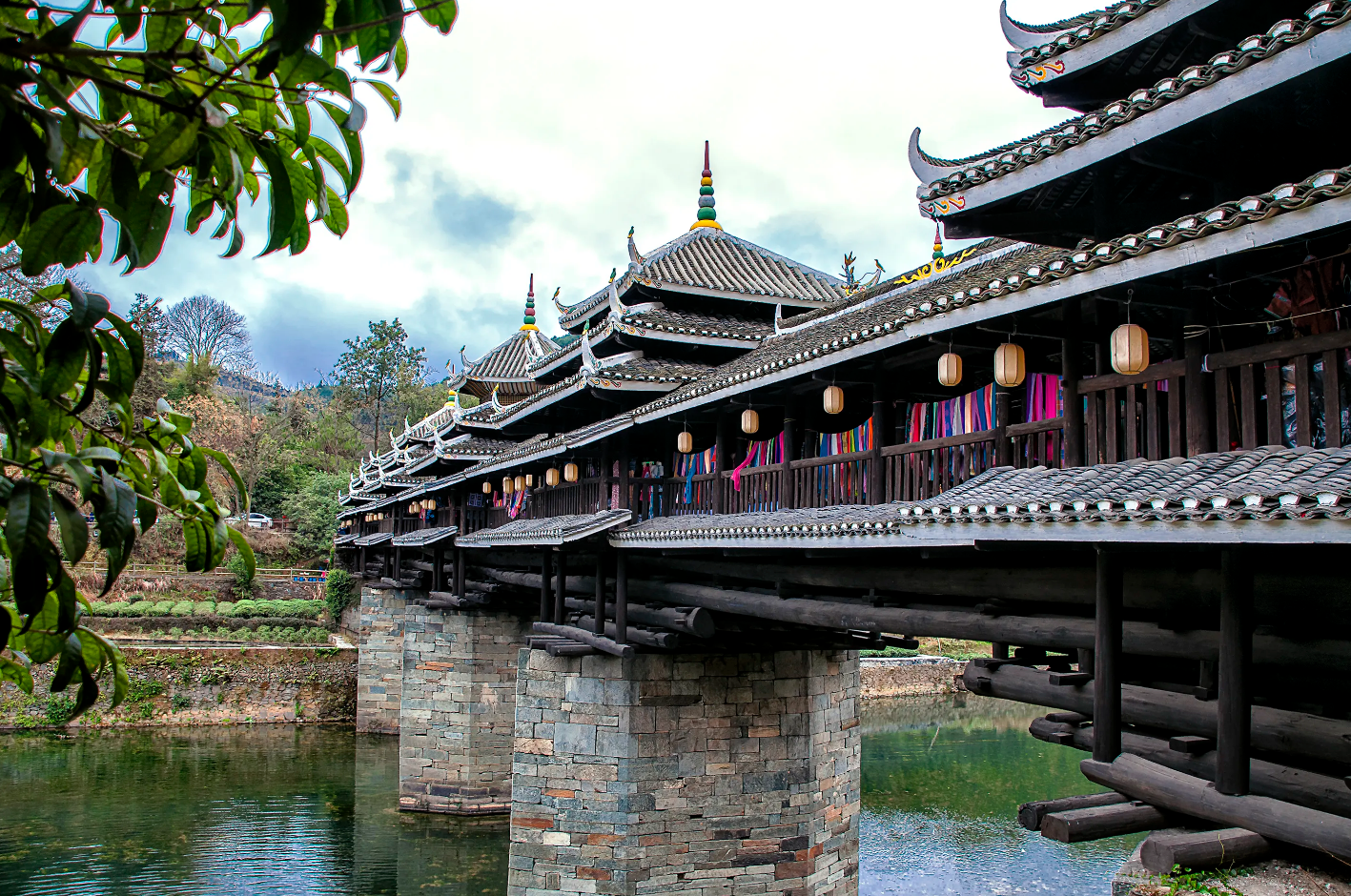

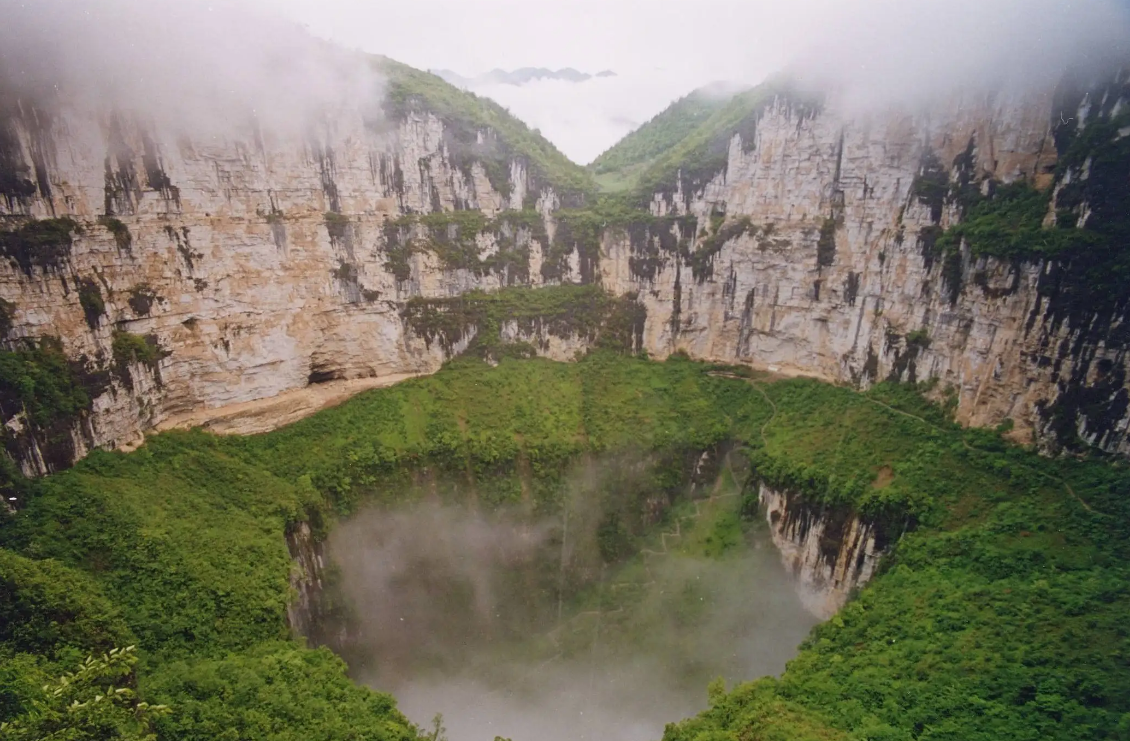
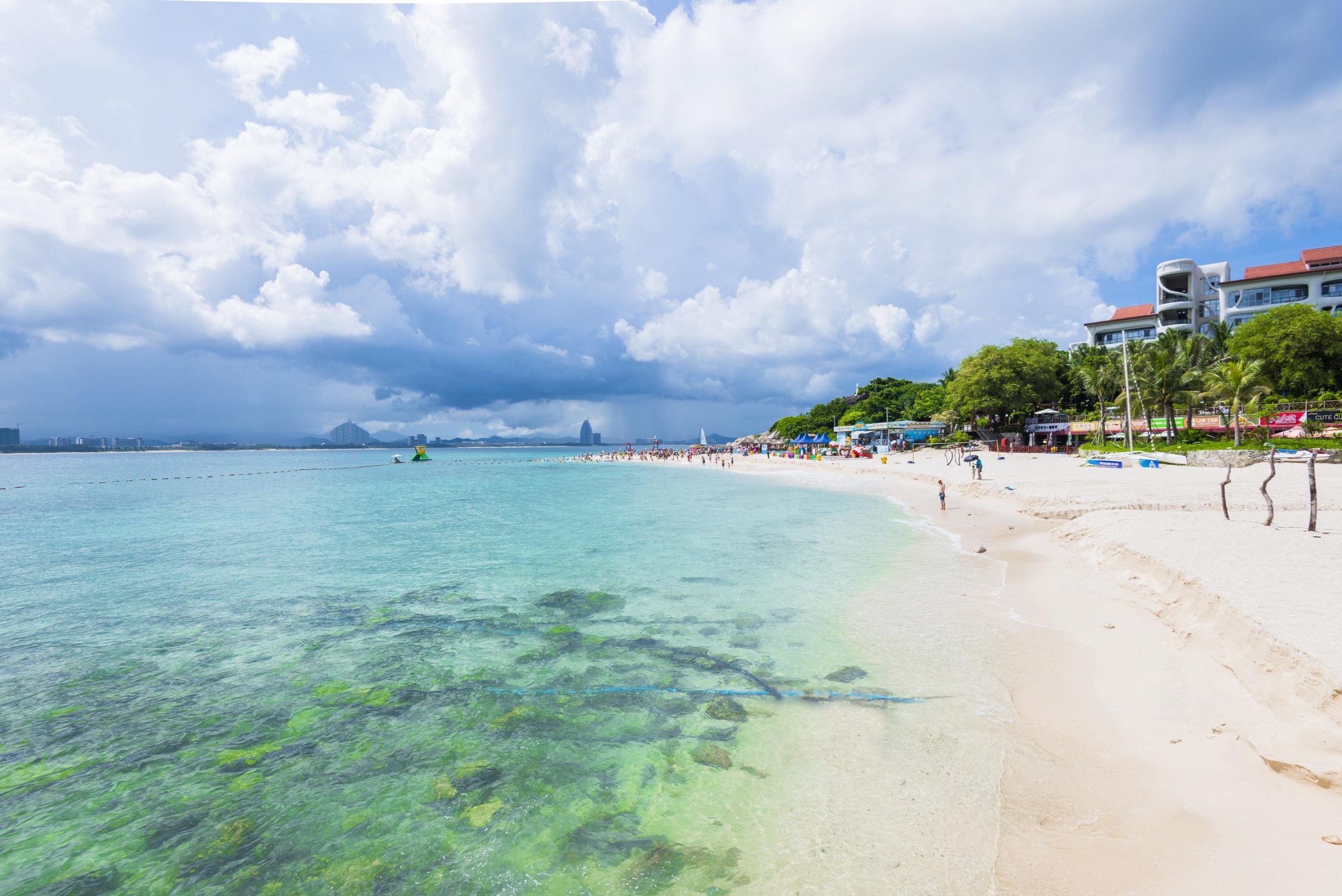
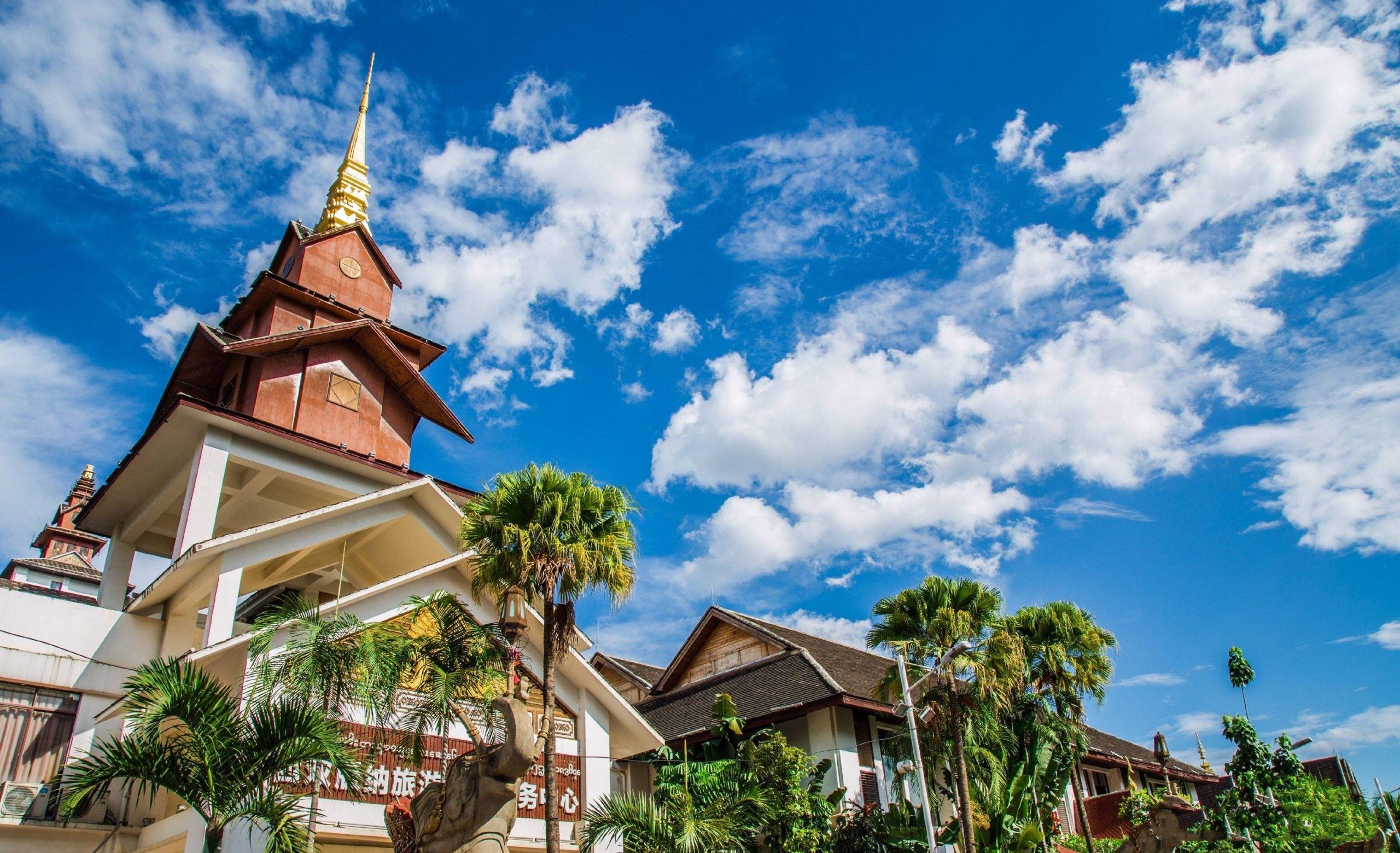 Xishuangbanna Dai Autonomous Prefecture, one of the minority autonomous prefectures of the province. As a vital pass from China to the Indo-China Peninsula by land. Jinghong is the political, cultural and financial center of Xishuangbanna.
Xishuangbanna Dai Autonomous Prefecture, one of the minority autonomous prefectures of the province. As a vital pass from China to the Indo-China Peninsula by land. Jinghong is the political, cultural and financial center of Xishuangbanna. Riding a bike 40 to 70 kilometers each day, we were energetic again in the morning no matter how exhausted the day before. we climbed the high mountain that even the birds can not fly over, we arrived at the first bend of the Yangtze River. We made the impossible into possible. We were crazy! Yes, we are crazy but we are professional. Thanks to you all. We conquered all difficulties and challenges. What a wonderful trip!
Riding a bike 40 to 70 kilometers each day, we were energetic again in the morning no matter how exhausted the day before. we climbed the high mountain that even the birds can not fly over, we arrived at the first bend of the Yangtze River. We made the impossible into possible. We were crazy! Yes, we are crazy but we are professional. Thanks to you all. We conquered all difficulties and challenges. What a wonderful trip!

